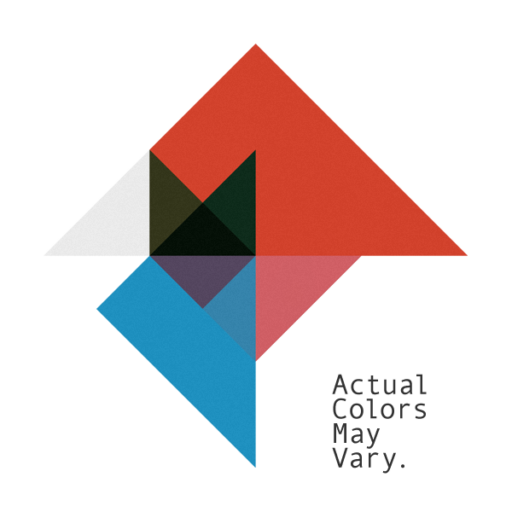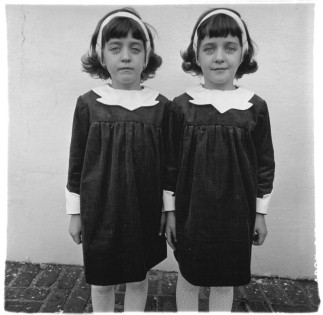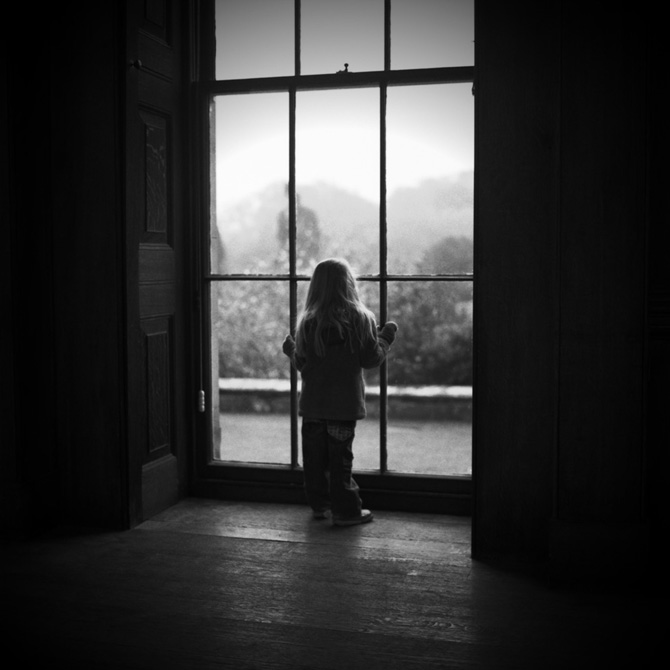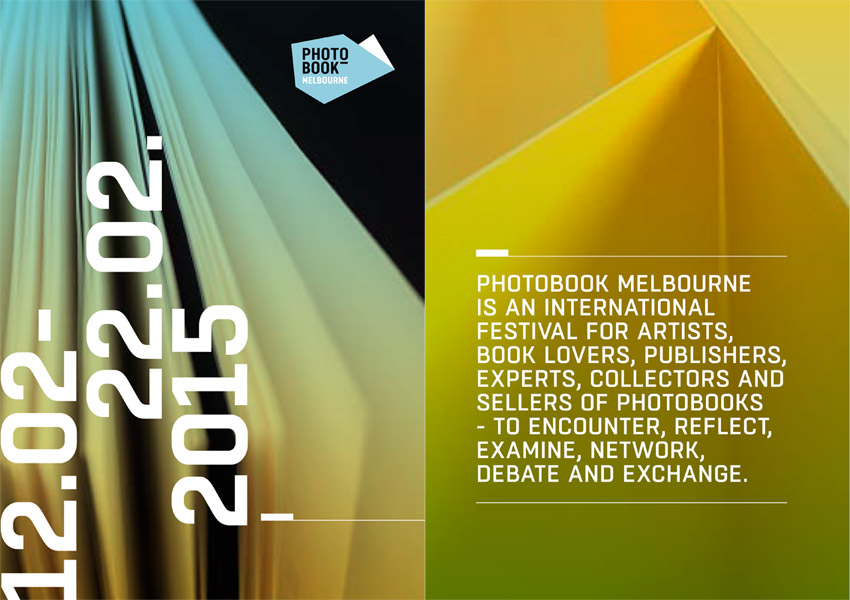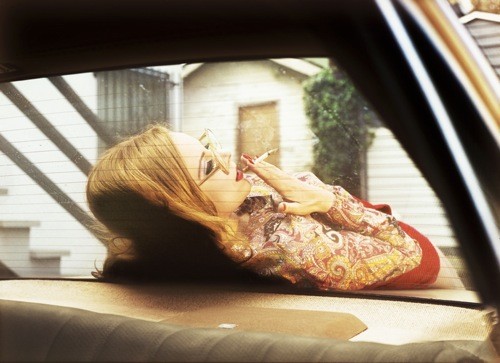„James Friedman’s work „12 Nazi Concentration Camps“ is about awareness, distance and expectations. Not only is he aware of the historical facts of the Nazi era, he is also reflecting how those who have not experienced the Holocaust first hand might have encountered the topic in school, of what their parents, the press and the old black and white pictures told them. He is also awake to his role as a photographer who is unable to capture all the inexpressible torture and pain and that he can’t tell the whole truth of the catastrophe. With his own appearance in his pictures as a shadow, a hand or in persona in the background with his camera around his neck, the viewer is reflecting James Friedman’s role as a photographer and his own role as a viewer and judge. This multilayered and reflected state of mind needs some distance from the emotional topic but surprisingly the pictures are warm and witty, humorous even. He is playing with closeness, with the extreme wide-angle showing the whole image circle and sometimes even the camera itself pulls you in but leaves you out of the picture at the same time. Trying to escape the viewers‘ expectations and possible self-censorship Friedman must be driven by telling his truth and his view of this urgent historic matter and deals with it by fulfilling every role possible as a photographer, artist, viewer, student, historian and last but not least as a private mind.“
Oliver Schneider {ACMV}
„Motivated by a need to explore visually one of history’s most notorious periods, I traveled to Europe to photograph the Nazi concentration camps and subcamps in Austria (Mauthausen), Belgium (Fort Breendonk), Czechoslovakia, (Theresienstadt Ghetto), France (Natzweiler-Struthof), Germany (Bergen-Belsen, Bisingen, Dachau, Flossenbürg and Vaihingen an der Enz) and Poland (Auschwitz-Birkenau, Majdanek and Treblinka). I chose to use an 8” x 10” view camera and color film making my pictures counterpoints to the historical black and white photographs and films, which documented the Holocaust.“
James Friedman
James Friedman – 12 Nazi Concentration Camps
www.jamesfriedmanphotographer.com
James Friedman on Facebook
“James Friedman’s photographs of Nazi concentration camps, discussed in my first book, Memory Effects: The Holocaust and the Art of Secondary Witnessing, is a body of work that is not only compelling and sensitive but convincingly ranges across complex emotions from the profound to the humorous. Friedman’s ’12 Nazi Concentration Camps’ is arguably the most significant body of photographic work on the concentration camps in the post-Holocaust era and constitutes an important challenge to the largely sacralized and romanticized work of other photographers on this topic. His exploration of the elegiac impulse of second and third generations to return to the sites of the catastrophe offers an uncompromising and original strategy for the memory work of later generations.”
Dora Apel, PhD., W. Hawkins Ferry Chair in Modern and Contemporary Art History, Department of Art and Art History, Wayne State University, Detroit, Michigan
„As Friedman photographs, then, an irony prevails over the collision of visual fact, the artist’s distant but omnipresent sensibility, and the viewer’s own visual recollections and expectations of concentration camp imagery. The impact of these images strikes profoundly on visual, intellectual, and emotional levels, engaging the viewer in a provocative and valuable dialogue.“
Susan Harris on „12 Nazi Concentration Camps“, Arts Magazine, May 1983
„Friedman has, in effect, merged genres and transposed conventions. He took a subject of great social concern—a subject usually reserved for the analogic realism of the straight photograph—and photographed it using the self-referential conventions usually applied to subjects of a more private or personal nature. “
Vincent Leo on „12 Nazi Concentration Camps“, AfterImage, May 1985
„These pictures show not so much the banality of evil, in Hannah Arendt’s phrase, as the banality of „the past“—the set of stories, necessarily semifictional and self-justifying, that we as a culture construct from historical events, no matter how horrendous, to explain how we got where we are today.“
Charles Hagen on „12 Nazi Concentration Camps“, Arforum, May 1985
„The photographs do not represent the horrors we have come to know from post-war black and white photographs, but are from everyday life and places that have become well attended tourist attractions.“
Greg Erf on „12 Nazi Concentration Camps“, View Camera, July/August 2001
Bio
As a five-year old using a Kodak Brownie Hawkeye camera, I took a self-portrait, became fascinated with photography and have been photographing ever since. Self-taught in photography until college, I was a participant in The Ohio State University Honors Program and earned a B.F.A. degree with Distinction in Photography. Subsequently, I was chosen to participate in Toward A Whole Photography, an experimental graduate program directed by Minor White at the Massachusetts Institute of Technology. Later, while earning an M.A. degree in photography from San Francisco State University, I worked as an assistant to Imogen Cunningham, one of the preeminent figures in the history of photography.
As a teacher, curator, picture editor, and as a fine art, portrait, architectural, commercial and personal documentary photographer, I have enjoyed a wide-ranging career in photography. My work has been exhibited internationally and been published in numerous books and discussed in Artforum, Arts, Afterimage, The Boston Globe, The San Francisco Chronicle, The Village Voice and The New York Times. Selected from 800 international applicants, I was awarded the Aaron Siskind Foundation Individual Photographer’s Fellowship and have been the recipient of seven Individual Excellence Awards from the Ohio Arts Council. I was selected as the winner of the 2011 Governor’s Award for the Arts in Ohio, honoring an individual artist whose work has made a significant impact on his discipline nationally, regionally or statewide. In 2008, as an independent photographic educator without institutional affiliation, I was nominated for the prestigious Excellence in Photographic Teaching Award, which recognizes outstanding international teachers of photography.
I am based in Columbus, Ohio and offer classes, workshops and individual instruction in photography anywhere. I will consider proposals for commissioned projects of all kinds, including fine art, architectural, fashion, curatorial and documentary assignments, photography for publication, and large-scale murals for interior or exterior commercial and residential spaces. I create memorable photographic portraits, which include the celebrated such as Andy Warhol and Tina Turner as well as lesser-known but equally vibrant subjects.
Teaching
I enjoy advancing the photography of students through individualized, unique and challenging assignments and strategies I have developed during more than thirty-years as a teacher. Having studied with Minor White in graduate school at MIT and worked as an assistant to Imogen Cunningham in San Francisco, I am able to discuss a wide array of issues regarding photography and its history and to help students push their photographs to a higher level of formal, technical and conceptual qualities. My teaching provides students with critical feedback about their work, offers specific suggestions for advancing the quality of their photography and gives each participant the opportunity to improve her/his verbal skills relevant to photography and other visual forms. One of the strengths of my teaching is the editing and sequencing of photographs. My approach is extremely useful for photographers of all interests and approaches, using any subject matter.
I have taught photography at The Ohio State University, Antioch College, Ohio Wesleyan University, workshops for The Portland Photographers’ Forum and was Lead Instructor in Photography at Santa Fe Community College in New Mexico. I have been acknowledged for the excellence of my teaching at Ohio State and Santa Fe Community College. Because of the success of my workshops and mentoring, I was nominated in 2008 for the prestigious Excellence in Photographic Teaching Award that recognizes outstanding international teachers of photography despite no academic institutional affiliation.
☞ Learn more about James Friedman’s teaching
–
related article on ACMV:
☞ James Friedman | Dark Places
